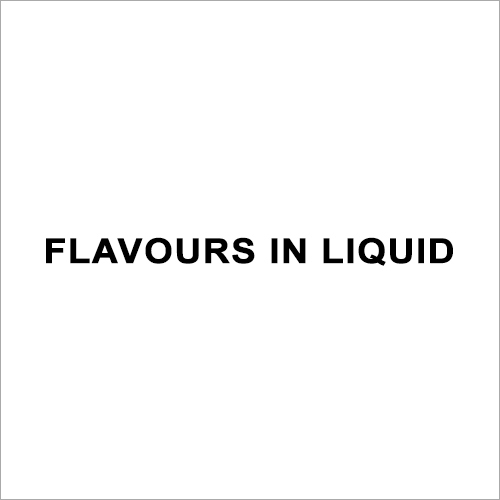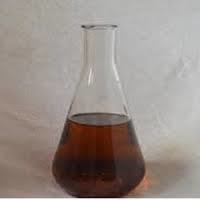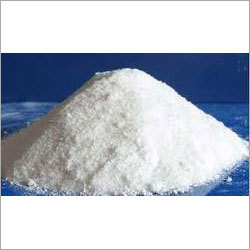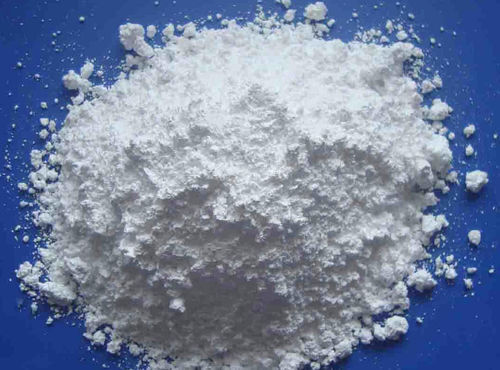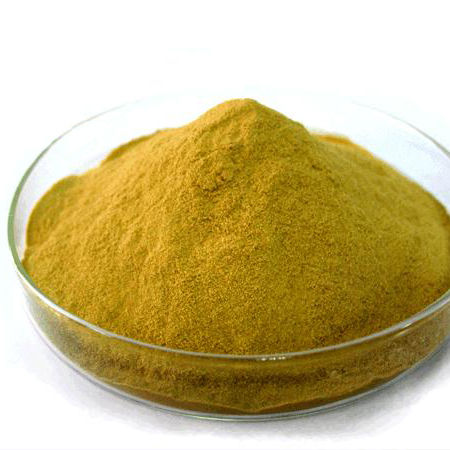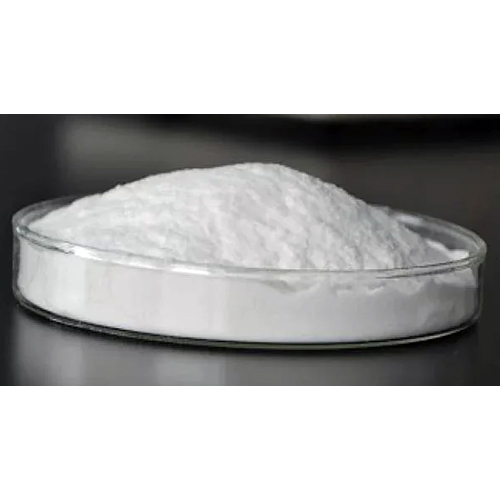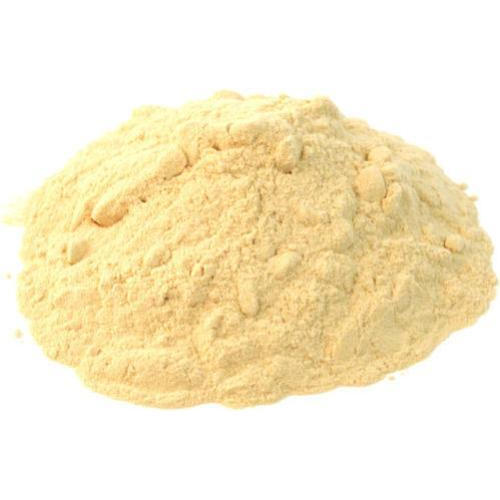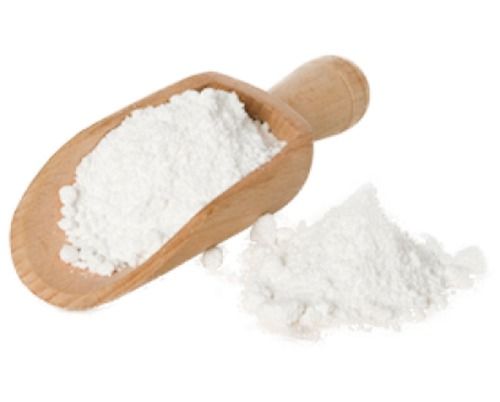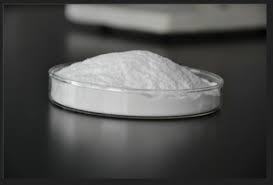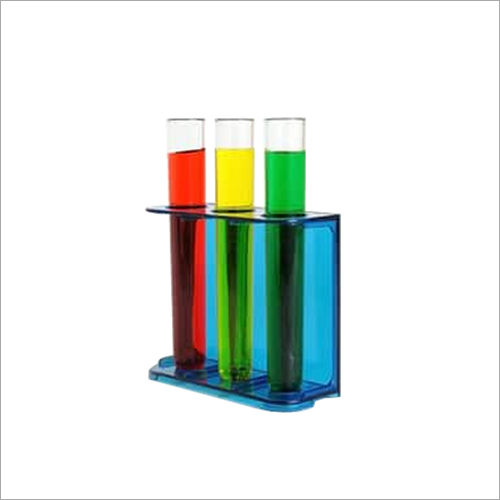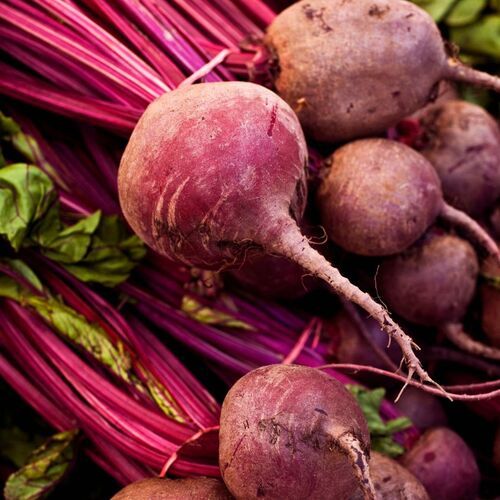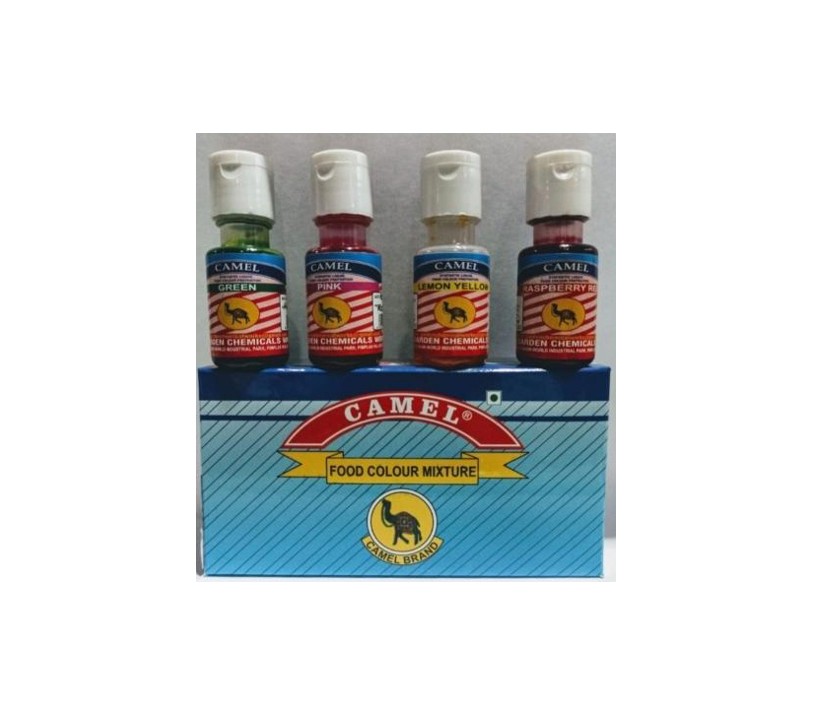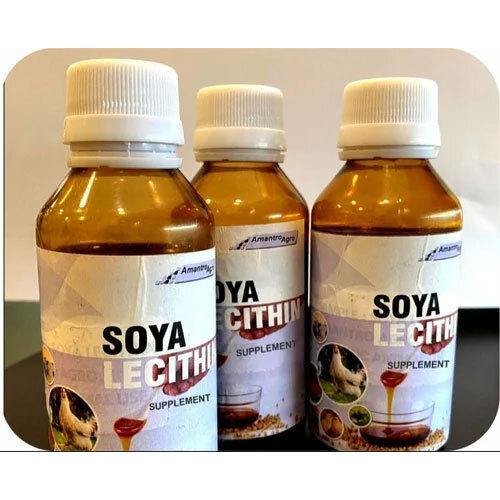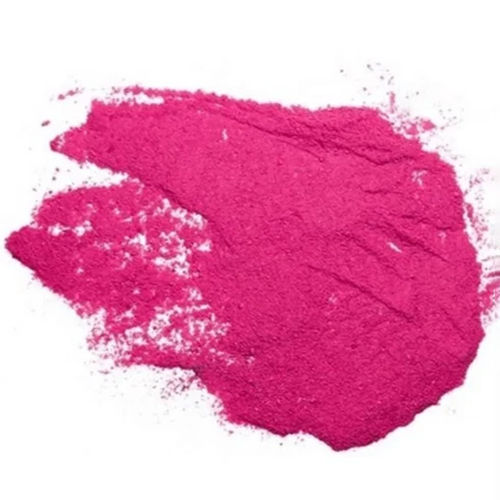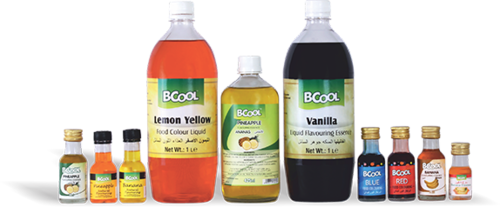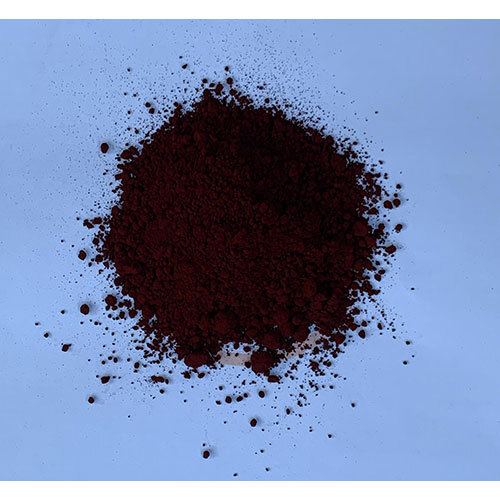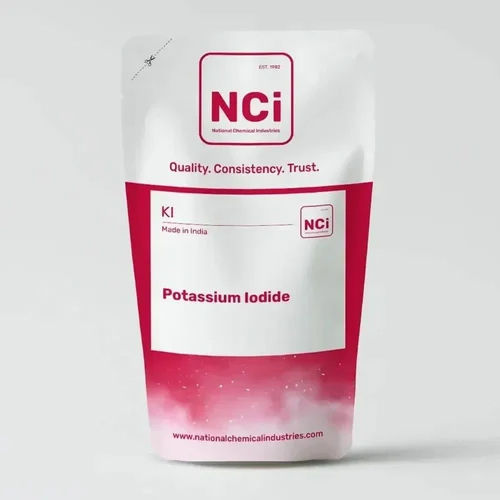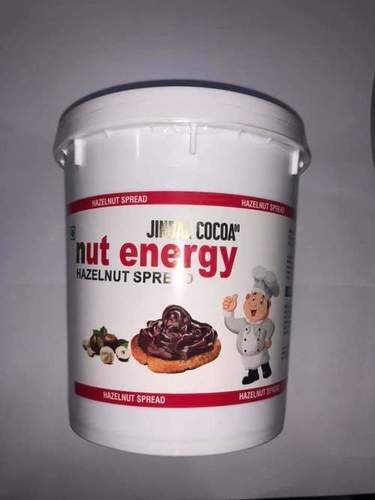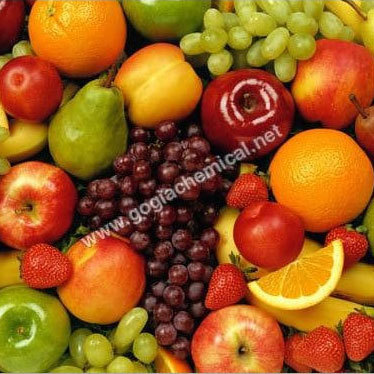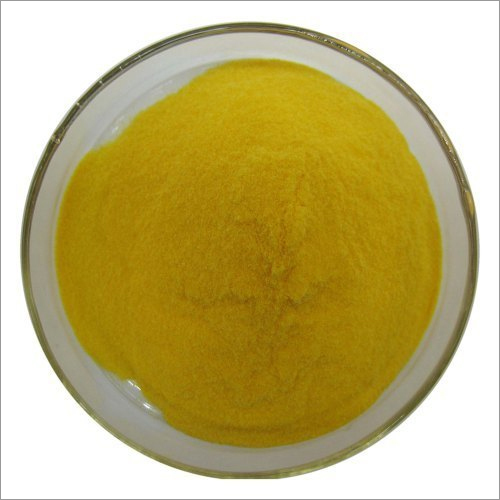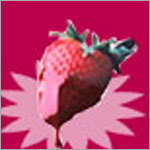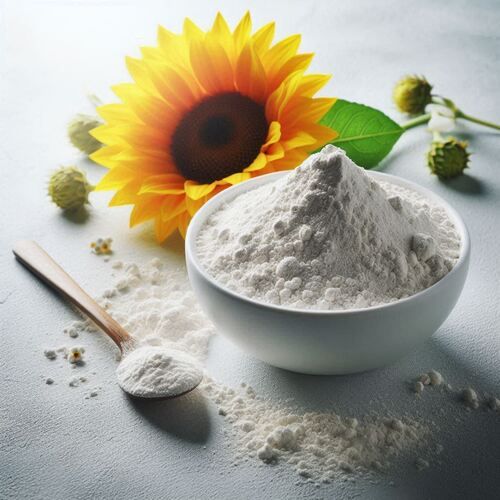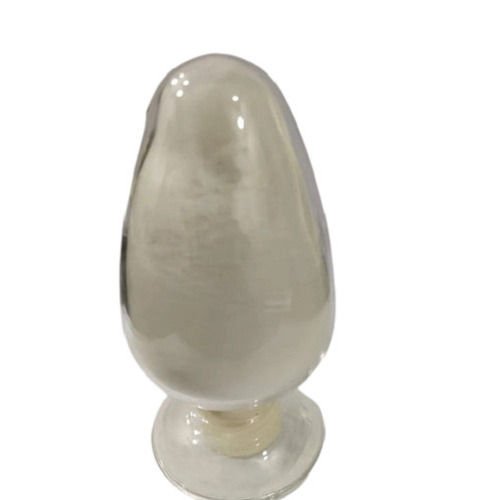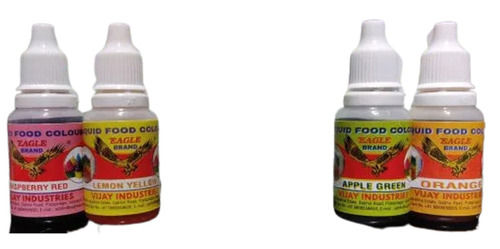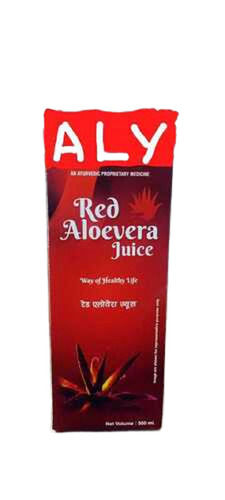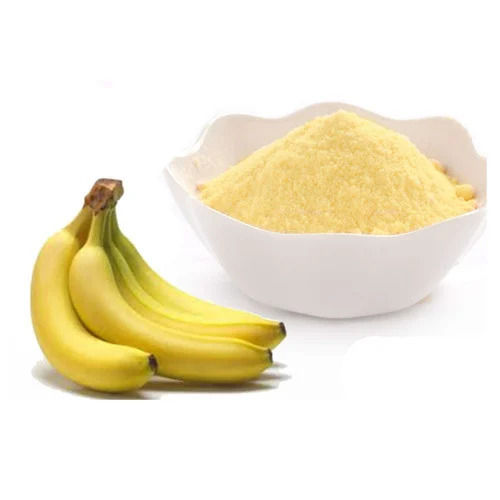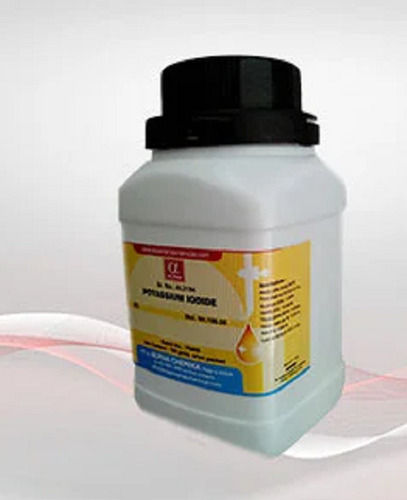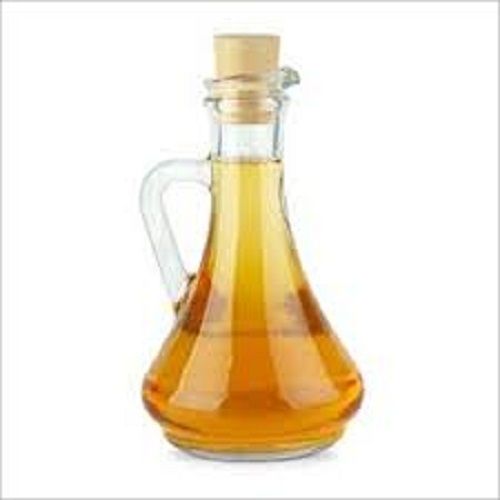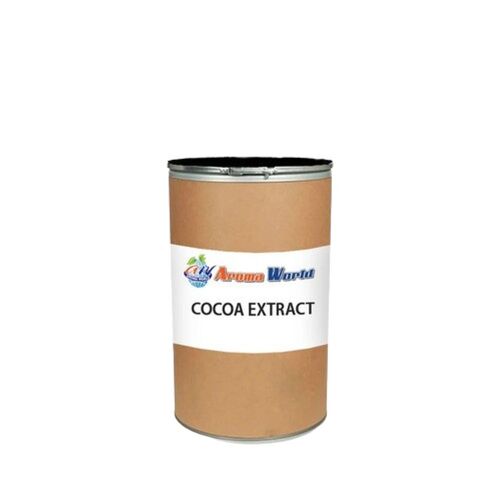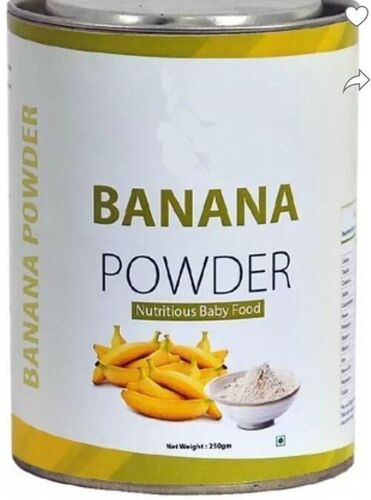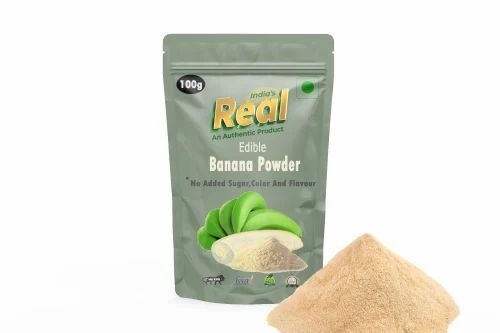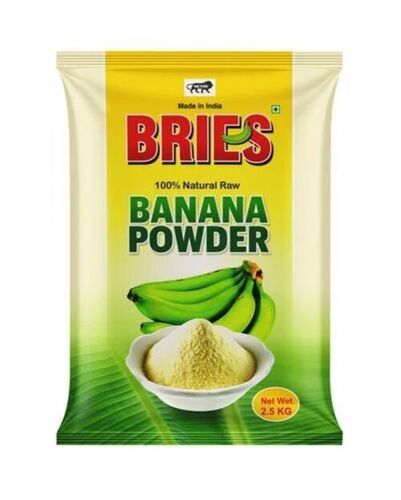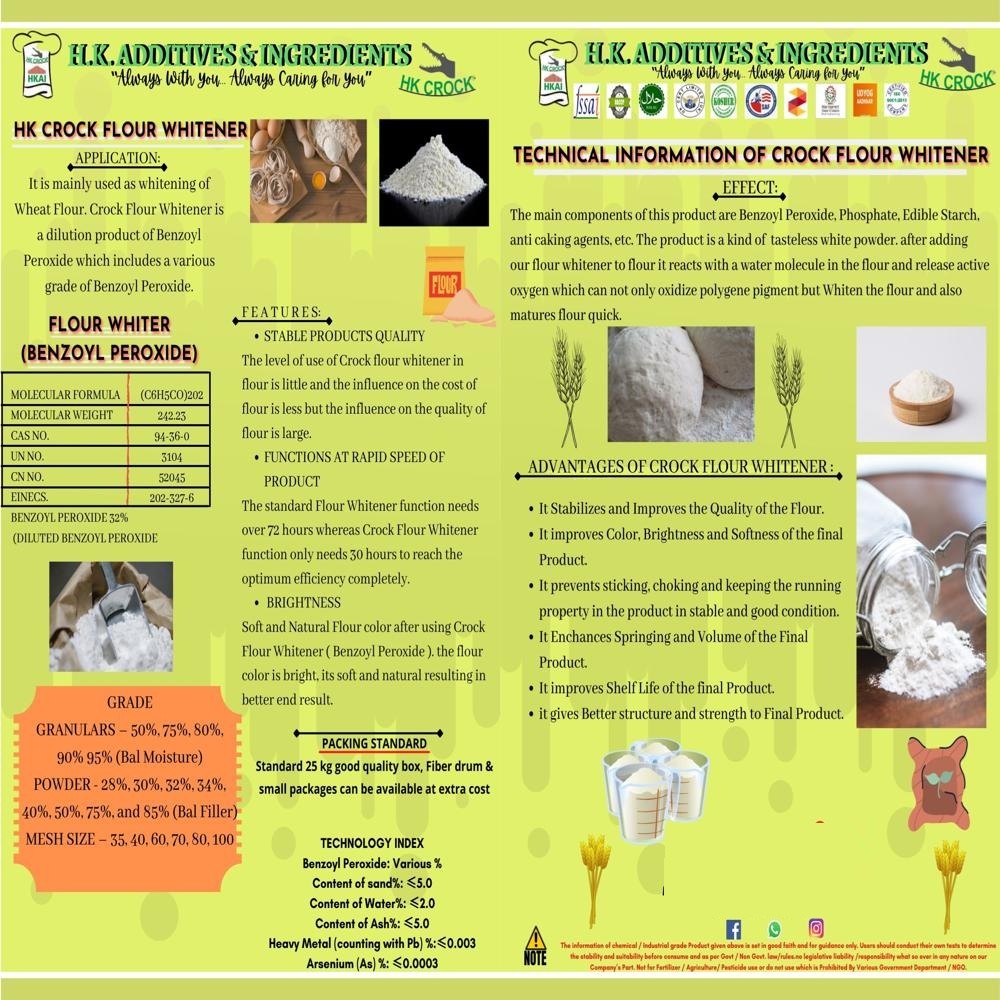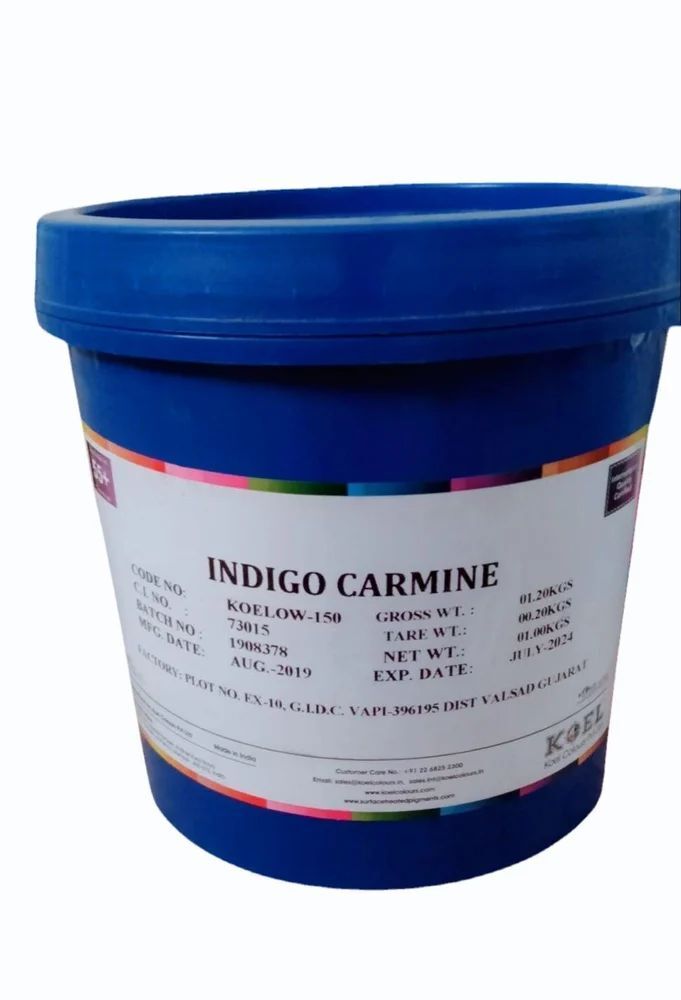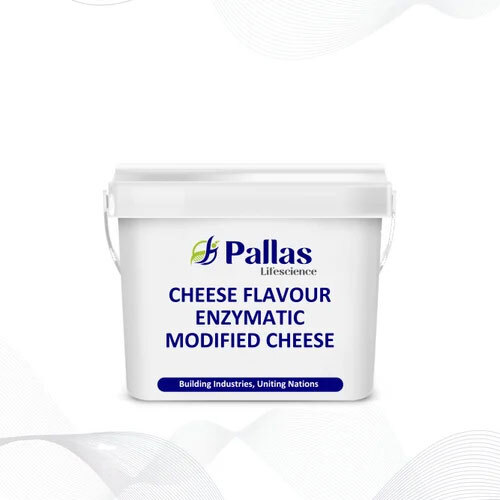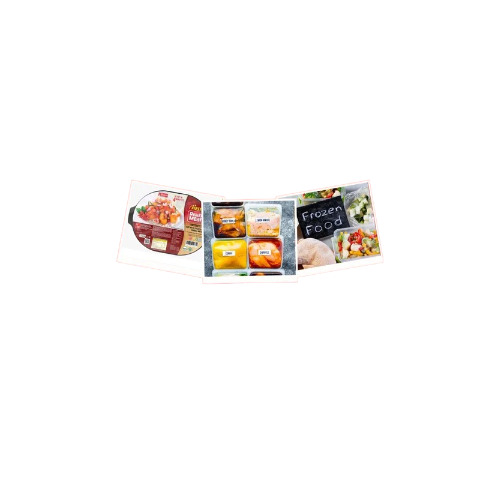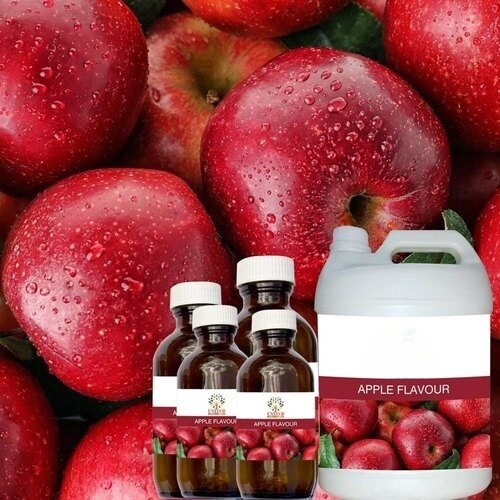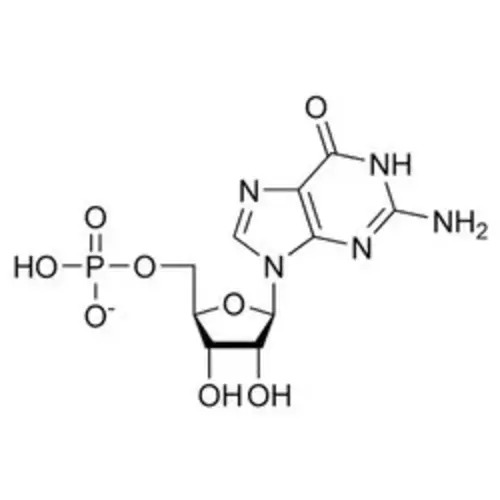Flavours & Food Additives
(5461 products)Gelatin Powder - Translucent, Colorless, Flavorless Gelling Agent | Ideal for Desserts, Candies, Yogurts, and Pharmaceuticals
400-600 INR (Approx.)/Kilograms
MOQ25 KG Kilograms/Kilograms
Physical FormPowder
Transparent Flavours In Liquid
Price Trend: 100.00 - 1000.00 INR/Kilograms
MOQ500 Kilograms/Kilograms
Physical FormLiquid
Other NamesFlavours In Liquid
ColorTransparent
StorageRoom Temperature
Protein Hydrolysate 20% Liquid - Cas No: 1399.36-2
Price: 2500 INR/Kilograms
MOQ25 Kilograms/Kilograms
CAS No1399.36-2
Water SolubilitySoluble In Water, Clear Solution.
Physical FormLiquid
ColorRed
StorageRoom Temperature
New Alliance Fine Chem Private Limited
Mumbai
Sodium Sulphite - Application: Pharmaceutical
Price Trend: 32.00 - 48.00 INR/Kilograms
MOQ25 Kilograms/Kilograms
StorageRoom Temperature
Molecular FormulaNa2SO3
Molecular Weight126.05 Kilograms (kg)
Purity99% min
Physical FormPowder
Ph Level9.4 to 10.2
Sodium Carboxy Methyl Cellulose - 99% Pure White Powder | Thickening & Stabilizing Agent for Personal Care, Food, Pharmaceuticals, and Industrial Applications
Price: 250 INR/Kilograms
MOQ1000 Kilograms/Kilograms
AppearanceWhite Powder
Assay99%
Physical FormPowder
Shelf Life1 Years
CAS No9004-32-4
ColorWhite
Autolyzed Yeast Extract - 25 Kg Brown Powder, Water Soluble Chemical Grade for Industrial, Commercial, Laboratory Use
Price Trend: 450.00 - 800.00 INR/Bag
MOQ10 Bag/Bags
Payment TermsCash on Delivery (COD), Telegraphic Transfer (T/T), Paypal, Western Union
Supply Ability1 Per Day
Delivery Time1 Week
Chaitanya Agro Biotech Pvt. Ltd.
Buldana
 Trusted Seller
Trusted Seller16 Years
Carboxymethyl Cellulose Powder - Color: White
Price: 350 INR/Kilograms
MOQ100 Kilograms/Kilograms
Water SolubilityYes
Physical FormPowder
ColorWhite
Purity99%
StorageRoom Temperature
Food Additives - Natural Ingredients , Flavor Enhancers and Preservatives for Culinary Applications
Price Trend: 50.00 - 100.00 INR/Kilograms
MOQ1 , Kilograms/Kilograms
Supply Ability50000 Per Week
Delivery Time3-7 Days
Main Export Market(s)Western Europe, Central America, Asia, Australia, North America, South America, Eastern Europe, Middle East
Powder Butylated Hydroxyanisole
Price: 1250 INR/Kilograms
MOQ500 Kilograms/Kilograms,
AppearanceWhite
Physical FormPowder
Sodium Carboxymethyl Cellulose Chemical
Payment TermsDelivery Point (DP), Days after Acceptance (DA), Cheque
Sample AvailableYes
Sample PolicyContact us for information regarding our sample policy
D-Phenylalanine
Price: 62000 INR/Kilograms
MOQ1 Kilograms/Kilogramss
Supply Ability1 Per Week
Delivery Time1 Week
Sodium Benzoate - Premium Quality Pharmaceutical Grade, Diagnostic Reagent for Liver Functions, Anticorrosive Agent, Nerve Stimulant
Product DescriptionOur organization is engaged in manufacturing and offering a premium quality array of Sodium Benzoate. This is utilized in pharmaceutical industry as a diagnostic reagent for liver functions. These chemicals are formulated from high grade raw material under the guidance of our industry experts. Furth
Orange Red Purity: 99%
Price Trend: 400.00 - 3500.00 INR/Bag
MOQ1 Bag/Bags
Shelf Life5 Years
TypeColorants
ColorOrange Red
Purity99%
StorageRoom Temperature
Pravin Dyechem Pvt. Ltd.
Mumbai
 Trusted Seller
Trusted Seller11 Years
Red Beet Root Color
Price: 1200 INR/Kilograms
MOQ1 Kilograms/Kilograms
Product DescriptionRed Beet Root Color
Herbo Nutra Extract Private Limited
Greater Noida
Food Colors - Color: Various Colours Are Available
Price: 90.0 INR/Kilograms
MOQ100 Kilograms/Kilograms
Physical FormPowder
Shelf Life3 Years
TasteOdorless
SmellOther
Other NamesFood Colours
TypeColorants
Poultry Feed Soya Lecithin - Physical Form: Liquid
Price: 90 INR/Kilograms
MOQ100 Kilograms/Kilograms
Physical FormLiquid
Shelf Life1 year Years
TypeOther, Poultry Feed Soya Lecithin
StorageRoom Temperature
Erythrosine Food Colour - Color: Pink
Price: 7000 INR/Kilograms
MOQ50 Kilograms/Kilograms
ColorPink
Shelf Life1 Years
Physical FormPowder
TypeOther, Erythrosine Food Colour
PurityHigh
StorageOther, Dry Place
Culinary Flavouring Essence - Color: Different
Physical FormLiquid
Shelf Life24 Months
TasteSweet
TypeFlavoring Agents
ColorDifferent
PurityHigh
Agar Agar - Granular Powder, 500GM-25KG Size, Off White Color | High-Quality Vegetarian Gelatin Substitute, Appetite Suppressant, Thickener for Culinary Uses, Non-Toxic, Sugar-Free, Gluten-Free
Physical FormPowder
AppearanceOFF WHITE
ShapeGranules
PoisonousNo
CAS No9002-18-0
Carmoisine Color - Color: Brownish Red
Price: 625 INR/Kilograms
MOQ25 Kilograms/Kilograms
Physical FormPowder
Shelf Life12 Months
TypeOther, CARMOISINE COLOR
ColorBrownish Red
PurityHigh
Potassium Iodide Food Grade - Cas No: 7681-11-0
Price: 5100 INR/Kilograms
MOQ100 Kilograms/Kilograms
SmellOther
Assay99.98%
Water SolubilityYes
Physical FormPowder
Shelf Life4 Years
AppearanceCrystalline Powder
Liquid Hazelnut Paste
Price: 750 INR/Kilograms
MOQ50 Kilograms/Kilograms
SmellFragrant
TasteSweet
Physical FormLiquid
Appearancechocolate color paste
TypeOther
Food Emulsions
Price Trend: 400.00 - 1000.00 INR/Kilograms
MOQ2 Kilograms/Kilograms
Payment TermsCash in Advance (CID)
Supply Ability1000 Per Day
Delivery Time1 Week
Gogia Chemical Industries Pvt. Ltd.
Greater Noida
Gelatin Powder - Translucent, Colorless, Flavorless Gelling Agent | Ideal for Desserts, Candies, Yogurts, and Pharmaceuticals
Price Trend: 400-600 INR/Kilograms
MOQ25 KG Kilograms/Kilograms
Physical FormPowder
Egg Lecithin - Color: Yellow
Price: 9000 INR/Kilograms
MOQ5 Kilograms/Kilograms
Physical FormPowder
Shelf Life3 Years
AppearancePowder
ColorYellow
Purity80%
StorageRoom Temperature
Dark Chocolates Purity: High
Price: 500 INR/Kilograms
MOQ1 Metric Ton
TypeOther, Dark Chocolates
PurityHigh
StorageRoom Temperature
Carmoisine - Premium Red Colorant Powder | Ideal for Food and Beverage Applications, High Solubility, Non-Toxic
MOQ250 Kilograms/Kilograms
Supply Ability100000 Per Month
Delivery Time3 Days
Sunflower Phosphatidylserine Powder
Price: 4500 INR/Kilograms
MOQ25 Kilograms/Kilograms
Shelf Life24 Months
AppearanceWhite
Physical FormPowder
Solid Content90%
ColorWhite
Purity100%
Stdm Food And Beverages Private Limited
Indore
Latest From Flavours & Food Additives
A Grade 99.9 Percent Purity Non Poisonous Papain Enzyme Powder
625 INR
By:
Sri Varsha Food Products India Limited
A Grade 99.9% Pure Non Poisonous Edible Food Colors For Industrial, 100 Gm
100 INR
By:
Ozias Industries Pvt. Ltd
Antioxidant Flavor Enhancer Chemical Free Natural Sugarcane Vinegar
199 INR
By:
Moza Fresh Food Private Limited
Explore More Cities
Ready To Ship Flavours & Food Additives
Flavours & Food Additives
Introduction
Additives are chemicals used to preserve food or improve its appearance, taste, or feel. Preservatives, flavor enhancers (such as monosodium glutamate), and artificial food dyes (like tartrazine and cochineal) are all examples. It was inevitable that 20th-century food processing would lead to a rise in the usage of food additives and the development of new categories of these substances. Flavors & Food additives are crucial to the production of many contemporary goods, including snack foods, ready-to-eat meals, and foods with reduced calories.
Categories of Flavours & Food Additives
1. Nutritional Additives
Fortifying or enriching particular meals to rectify dietary deficiencies is an example of the use of nutritional supplements. In order to reduce the prevalence of goiter, iodine was first added to salt in 1924. Numerous foods have vitamin supplements added to them to increase their nutritional value.
2. Processing Agents
Foods often have a variety of additives thrown into the mix to help with processing or keep the food at the right consistency. Oil in water, for example, can be kept in a consistent emulsion with the help of an emulsifier. An emulsifying agent has two main parts: a hydrophobic part (often a long-chain fatty acid) and a hydrophilic part (which might be charged or neutral). Small oil droplets are dispersed throughout the aqueous medium as the hydrophobic part of the emulsifier dissolves in the oil phase and the hydrophilic part dissolves in the aqueous phase.
3. Preservatives
Antioxidants and antimicrobials make up the bulk of food preservatives:
- Antioxidants: During oxidation, oxygen is added to or hydrogen is removed from the many chemical components that make up food.
- Antimicrobials: Together with other preservation methods like refrigeration, antimicrobials are used to stop the spread of spoilage and disease-causing microbes. Sodium chloride (NaCl), also known as table salt, is one of the earliest antimicrobials discovered. Acetic acid, benzoic acid, propionic acid, and sorbic acid are only some of the organic acids used to kill bacteria in low-pH products.
4. Sensory Agents
Color is one of the most influential sensory characteristics of foods, impacting how we evaluate not only the taste but also the overall quality of what we're eating. Natural colors in the raw materials may be degraded or lost during the production of food. Also, coloring chemicals are often included in manufactured products like sodas, candies, ice cream, and snack meals.
Use of Flavours & Food Additives
The most common flavors found in beverages are:
- Sports and Energy Drinks
- Carbonated Beverages & Carbonated Fruit Beverages
- Water-based flavored drinks
- Herbal Water
- Fruit Drinks
- Caffeinated Beverages
Flavorings at Good Manufacturing Practice (GMP) levels, such as:
- Premixes
- Biscuits
- Cookies
- Cakes
When used for a technologically necessary, non-deceptive, and clearly specified technological purpose, including maintaining the food's nutritional quality or increasing its stability, food additives are acceptable.
To guarantee the quality and safety of processed foods from the time they leave the factory or industrial kitchen to the time they reach the customer, additives are used at every stage of the supply chain, from production to transportation to storage to retail. Creating food on a large scale is significantly different from making them at home, hence many various food additives have been developed over time to fulfill the needs of food production. Preservation, flavoring, and aesthetics are just a few of the many uses for other types of Flavours & Food Additives. These substances become part of the food after being added during processing, packaging, shipping, or storing.
Mold, air, bacteria, and yeast decay can be slowed down with the help of preservatives. Preservatives do more than only keep food edible; they also reduce the risk of food poisoning, including potentially fatal botulism, that can be caused by tainted ingredients. Dye is used to giving food a more appetizing hue or to restore hues that may have been lost while cooking. There are several alternatives to sugar that are used because they have fewer or no calories when added to meals.
Most Common Flavours & Food Additives
1. Sodium Benzoate
Sodium Benzoate, like sodium nitrate, is frequently found in packaged meat products. It aids in warding off the fungus that can rapidly deteriorate meat and make you sick after eating it. The sodium in your food is absorbed by every cell and neutralizes the acidity. Thus, by decreasing the intracellular pH of your diet (which is what happens when you add sodium benzoate to it), you create an environment in which fungi are unable to grow and spread.
2. Trans Fat
Another ingredient that can be found in both synthetic compound forms is trans fat. Ruminant animals, and the meat and dairy items they generate, contain trans fat, an unsaturated fatty acid. Cattle, sheep, and goats are examples of such livestock. When they eat grass and digest it, trans fat is a byproduct.
3. High-Fructose Corn Syrup
Corn syrup is another common sweetener in soft drinks. It's in a lot of your fruit drinks, even the ones that claim to be "100% natural." Corn sugar does, in fact, occur naturally in corn, so they aren't lying to you. Numerous health problems have been associated with long-term HFCS use, and the food additive is often regarded as harmful. It has been identified as a significant contributor to the worldwide epidemic of obesity.
4. Artificial Sweeteners
Adding artificial sweeteners to soft drinks is a common practice among cola and beverage manufacturers in order to increase sales to younger consumers and keep teenagers and young adults drinking their products. Aspartame, sucralose, and potassium are just a few examples of the most widely used artificial sweeteners. While the occasional use of artificial sweeteners may aid in weight loss and be necessary for those with diabetes to maintain stable blood sugar levels, the long-term effects of heavy use are not beneficial to health.
5. Sodium Nitrate
Using this chemical will prevent hazardous bacteria from growing in your meat. In addition to making your meat look and taste more appetizing, the salt will also enhance the flavor. Sodium nitrate also reduces botulinum growth and rotting in your meat. Green vegetables, such as spinach, are another good source of sodium nitrate; they typically have concentrations of 500 to 1900 ppm. Meat contributes only 5% of your daily sodium intake, while veggies supply the remaining 95%.
6. Artificial Food Additive Coloring
One of the most prevalent methods for making food more visually appealing is by adding food coloring to it. You could be forgiven for assuming that food coloring is only found in sweets and breakfast cereals. This is not limited to the aforementioned foods. If you take the time to study the labels on the packaged goods you buy, you'll find that food coloring is often hidden among other ingredients.
7. Monosodium Glutamate MSG
The most widely used synthetic ingredient is monosodium glutamate (MSG). It's also in a lot of processed foods like your frozen dinners, which have things like instant noodles, soups, processed meat, etc. The monosodium glutamate (MSG) used to preserve the food in most of the canned goods you buy from stores is widely available. Food and Drug Administration officials have stated that "MSG is typically safe to eat." Conversely, many brands boost the flavor of their canned goods by using Glutamate, an amino acid.
8. Carrageenan
Carrageenan, an ingredient derived from red seaweed, serves as a thickening, emulsifier, and preservative in a wide variety of foods. Carrageenan is commonly found in alternatives to dairy such as vegan cheese, ice cream, and coffee creamers. This prevalent food ingredient has been met with skepticism regarding its safety and health implications for decades.
9. Xanthan gum
Dressings, soups, syrups, and sauces are just a few of the numerous foods where xanthan gum is utilized to thicken and stabilize the consistency. It can also be used to great effect in gluten-free baking to achieve a more satisfying mouthfeel in the final product. There may be some health advantages to consuming xanthan gum. Consuming rice that has had xanthan gum added to it has been shown in one study to result in lower blood sugar levels than eating rice that hasn't had any xanthan gum added.
FAQs: Flavours & Food Additives
Q. How many types of food additives are there?
Ans. Antioxidants, Flavorings, Stabilisers, Preservatives, Nutritional Additives, Processing Agents, and Sensory Agents are the main types of food additives.
Q. What are the commonly used food additives?
Ans. Sugar, salt, and corn syrup are by far the most extensively used additions in food in the United States, out of a total of more than 3,000 chemicals used as food additives.
Q. What are the benefits of flavors & food additives?
Ans. Here are the benefits:
- Additives Enhance Food's Nutritive Value
Helps Lose Weight
Improve Texture
It Improves The Aroma of Food And The Taste
Food Helps Keep It Fresh For A Longer Period of Time
It Gives It More Vibrancy.
Manufacturers & Suppliers of Flavours & Food Additives
Company Name | Member Since |
|---|---|
A. B. Enterprises Mumbai, India | 21 Years |
Saijee Impex Thane, India | 21 Years |
Chaitanya Agro Biotech Pvt. Ltd. Buldana, India | 16 Years |
New Alliance Fine Chem Private Limited Mumbai, India | 15 Years |
Gogia Chemical Industries Pvt. Ltd. Greater Noida, India | 15 Years |
Suvidhinath Laboratories Vadodara, India | 14 Years |
Herbo Nutra Extract Private Limited Greater Noida, India | 13 Years |
Global Chemicals Ltd. Kolkata, India | 12 Years |
Pari Chemicals Mumbai, India | 11 Years |
Pravin Dyechem Pvt. Ltd. Mumbai, India | 11 Years |
Popular Products





